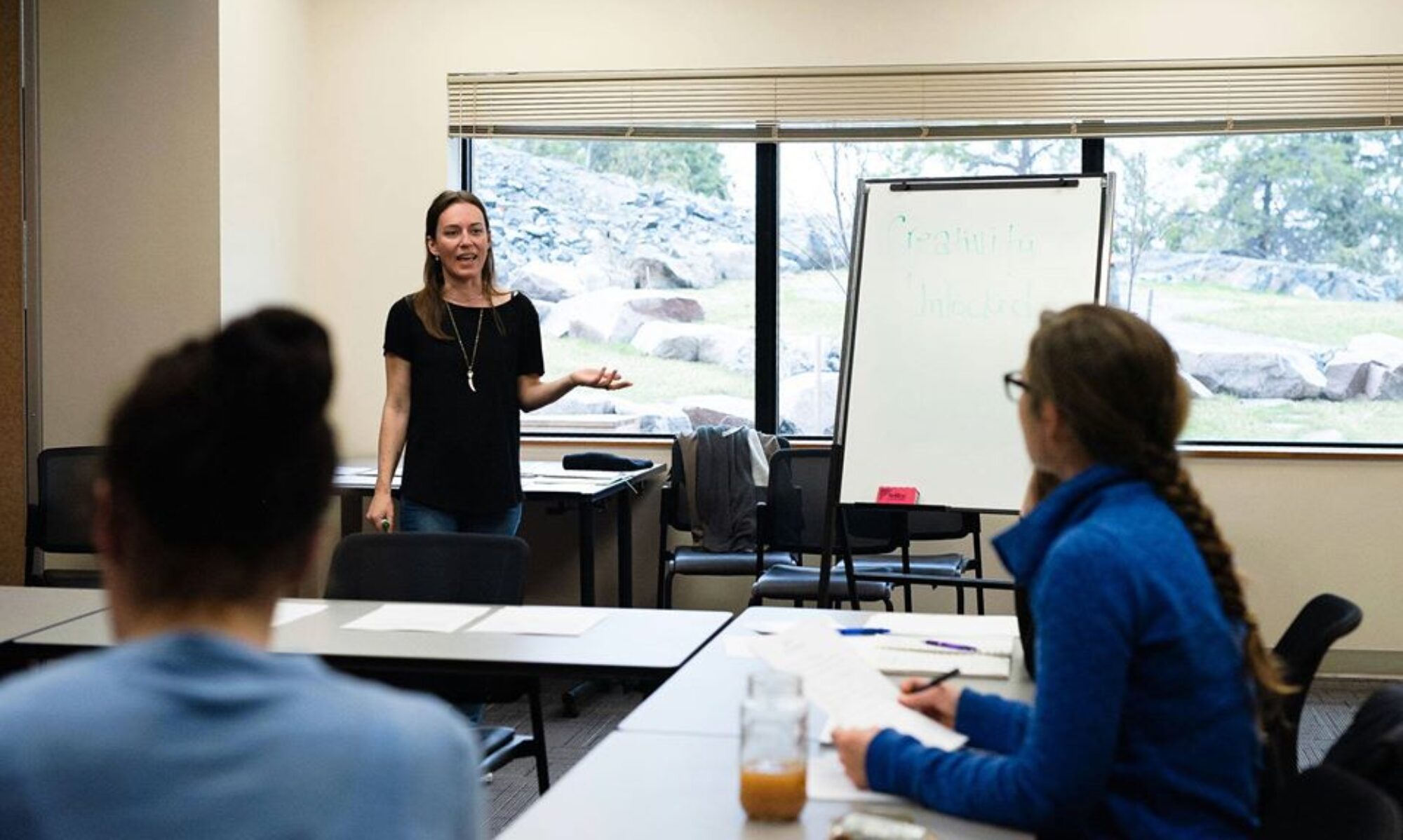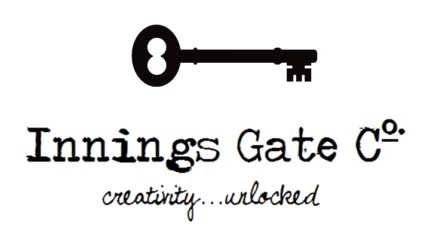Fyrisån, the Fryis River
Between 1999-2000 I lived in Uppsala, Sweden. I was there studying Literature at Uppsala Universitet through an exchange programme with Glendon College. I actually applied to England’s Keele University, but the exchange programmers asked if I would go to Sweden instead since I had already lived in England. I said, why the hell not. And so in the summer of 1999 I packed my bags (hobo-stylez) and headed off to a country I knew nothing about, with a language I couldn’t speak (other than “Ikea,” and even then we pronounce it wrong here, it’s actually “EEE-kea”). But I was a vagabond at heart, and did not see a problem with this move. Coco loves her some geographic and cultural challenge.
Uppsala Slott, Uppsala Castle
A bit of history on Uppsala. It’s actually quite an interesting city, with a storied past. Uppsala is the fourth-largest city in Sweden, with a population of approximately 150,000. Located 40 minutes outside the capital, Stockholm, Uppsala has been the ecclesiastical centre of Sweden since 1164 (before this it was the pagan centre of Sweden) and is the seat of the Archbishop of the Church of Sweden. When I lived there, over 80% of the Swedish population belonged to the Church of Sweden, which is Lutheran. But Swedes are not an overly-religious people, like they are in the U.S. of A. Then again, the Swedish mentality on every subject is medel, the middle way: not too much, not too little. They love the middle ground, and dislike rocking the boat.
Gamla Uppsala or Old Uppsala is the original location of the city of Uppsala, just a bit north from where the modern centre sits now. In the well-documented Days of Yore, the Kings of Sweden were based in Gamla Uppsala. It is an archeologically-rich area, with Norse burial mounds and an important role in Scandinavian history.
Uppsala Universitet, founded in 1477 and considered the “Oxford of Northern Europe,” is the oldest university in Scandinavia. Famous graduates over the years include botanist Carolus (Carl) Linnaeus, astronomer Anders Celsius (of degree fame), Swedish diplomat Hans Blix (of Team America fame), and is the university that Swedish royalty are educated at. When I was a student at Uppsala, I lived in the Flogsta residences, just outside the city centre.
The view from my room in summer…
…and in winter! Brrr!

Eventually the time came for me to leave Sweden, and I had to go to the Stockholm-Arlanda Airport to pick up my ticket home. I had with me a small backpack containing a toque, camera, The Rough Guide to Sweden, and sleeve of crackers– more than enough to survive the 40-minute train ride to Stockholm. However, I didn’t exactly come back as directly as I arrived. My flight to Canada was in two days, and I felt like I wanted to see some more of Sweden before I left. So, after I picked up my ticket from the Air Canada booth, I checked the Scandanavian Airlines listing for their next inter-Sweden flights. SAS offered special fares for students travelling within the country. It was something like $40 for a one-way flight anywhere SAS flies in Sweden. How could a Co’bo resist!?
I hoped that there would be a flight up north, and I could go see the Icehotel in Jukkasjärvi. But the next flight to Gällivare (as close as you could fly to the hotel) wasn’t for another four hours. I didn’t want to hang out in the airport that long. Maybe I could jump on a short-haul flight and get back to Stockholm-Arlanda in time for the Gällivare flight? Hmm.
The next flight was headed to the island of Gotland, south-east of Stockholm in the Baltic Sea. I thought, why the hell not. And I booked me a ticket.
Gotland’s tätort or locality of Visby is a former Viking site, and one of the best preserved Medieval cities in Scandinavia. Named a UNESCO World Heritage Site, this walled city was the main centre of the Hanseatic League from the 12th to 14th Centuries. Unfortunately it was very foggy and rainy that day, and I was only there for 45 minutes, so I don’t have the best photos of the ruins. (Digital cameras having yet to be invented.) After a wander around the city, I headed to Visby airport and flew back to Stockholm-Arlanda.
With perfect timing, I switched planes and boarded the Gällivare-bound SAS flight, starting my impromptu sojourn to the Icehotel. Luckily I had my Rough Guide, because the crackers were half-done, and the toque was definitely not going to give me any direction. I found the Youth Hostel listing and booked myself a dorm bed in one of their cabins near the Vassara älv (river).
By the time I arrived the sun had set. Well, that doesn’t say much considering the winter sun set at 3pm in Uppsala and I was now about a 45-minute train ride above the Arctic Circle. I hopped in a cab and gave him the address of the Hostel. As we drove along past snowy fields and woods, my cabbie pointed out some dull green lights on the horizon, insisting they were the Northern Lights. He also insisted that I must know Mats Sundin since I was from Toronto. (Up until this point in my life I only knew of Mats Sundin from the McDonald’s commercial…”Mats, Mats, Mats…Mac’s, Mac’s, Mac’s!”) Finally we arrived at the Youth Hostel, which in the dark appeared to be in the MIDDLE OF NOWHERE, and was completely desserted. My key was left in the office mailbox, and I had to convince the driver that it was okay for him to leave me. He was quite concerned for the welfare of a Canadian 21-yr-old potential bestie to Sweden’s national hero. Nonetheless, he left and I found my cabin. There were actually two other people staying there too; I never saw them personally, but I did find remnants of them in the bathroom (gross) and heard their voices (I think speaking German). Before I went to bed, I stepped outside into the snow, and looked up at the clear starry sky with its full moon, and listened to the eerie howl of wolves or coyotes in the distance. Surreal.
The next morning, I saw this:

Not as scary in the daylight. And the hostel wasn’t exactly in the middle of nowhere, but just behind the train station. So I walked into town, saw the kyrkan (church), the Pripps brewery, and some snow sculpturing contest:

And then I boarded a train to Kiruna, 45 minutes north of Gällivare, past endless snowy fields and forests with no trace of humanity (beyond the tracks) in sight. Reminded me of our Canadian wilderness at home. And from Kiruna I took a 17km bus ride to Jukkasjärvi, the town in which the Icehotel is situated.
The name Jukkasjärvi is of Sami origin, with its original spelling meaning lake of assembly as the area was a Sami marketplace. In the 17th Century the name was changed to the current, Finnish, spelling due to the arrival of settlers from neighbouring Finland. Other than its wooden church, built in the early 1600s, the Icehotel is Jukkasjärvi’s claim to fame.
Erected anew each year in December, Sweden’s Icehotel is the world’s first ice hotel, opening in 1990. The entire igloo is made out of snow and ice blocks taken from the Torne River, and features a bar, chapel, main hall, reception area, and suites for over 100 guests. The beds are made of ice, as are the tables and chairs, chapel pews, and even the glasses used in the Absolut Icebar. For those not brave enough to weather the -5°C temperature (there’s that Anders again), heated cabins are available outside the igloo as well.
Some of my photos:





I only had time to spend a couple hours in the Icehotel, sip some chilled Absolut out of an ice glass (before they became trendy at galas everywhere), chat with the staff (who were mainly backpacking students from other countries), imagine what I’d wear if I got married in the icy chapel (lots of Sami fur), and hop on the bus back to Kiruna. Then I took another bus to the Kallax airport in Luleå for my flight back to Stockholm. (It was incredibly small, and pretty much desserted, but SAS flew out of their airstrip, and I needed to get back to Uppsala ASAP so I could pack and board another flight across the Atlantic to Toronto the next day.)
Phew!
All in all, my trip was a “Coles Notes” version of a proper vacation at the Icehotel, but at least I did get to see it before I left. Which was good. Now we have an ice hotel in Québec (a.k.a. l’Hôtel de Glace), but I’m glad I got to see the original when I did. During my time in Sweden I was also able to witness the dawn of the 21st Century– with a great outdoor party in Stockholm, attended by the King and Queen. And at midnight on December 31st, 1999, Europe performed “The Final Countdown”!
Millenium Två!
x





